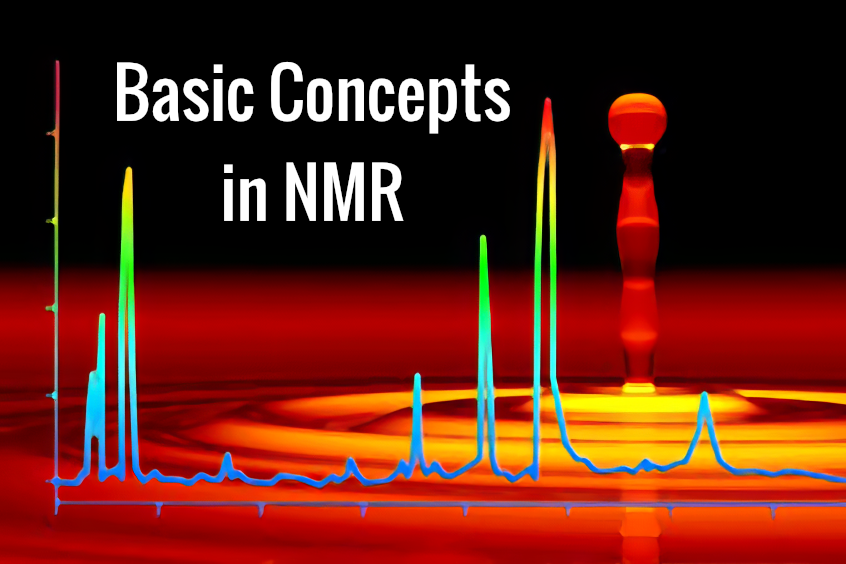About Course
Although some familiarity with NMR will be assumed, a comprehensive approach to the fundamental concepts of NMR will be presented using algebra and trigonometry. This course is intensive and examines each of the fundamental concepts in great detail. The lecture begins with signals generated in the rotating frame, carried through block diagrams of a spectrometer console, into the computer and finally represented in terms of a spectrum. Emphasis will be placed on understanding the principles that are embodied in topics such as phase, modulation, quadrature phase detection, A-to-D conversion, aliasing, and the Fourier transform. Proper operating techniques will be described throughout this portion of the course. After the fundamental principles and instrumentation have been covered, these principles will be used in discussions of apodization functions, data treatments, relaxation measurements, NOE's and special decoupling experiments.
Every attempt will be made to present the material on a conceptual rather than a mathematical level, and whenever possible physical pictures will be emphasized. However, some simple mathematics and basic concepts in physics and electricity will be used to describe certain phenomena.
The objective is to provide the student with a coherent and functional grasp of the fundamental concepts of NMR and how they are used. Time will be devoted to investigating the basic ideas conceptually, first non-mathematically, then graphically, and finally mathematically, in an effort to have the student build a usable intuition about these concepts, their connections, and their utility in modern NMR experiments. The student should gain a thorough understanding of the principles upon which all NMR spectrometers operate, and thus be able to more easily and quickly obtain correct spectra. The course is designed to provide the background required to perform some of the more modern experiments.

